May 2020
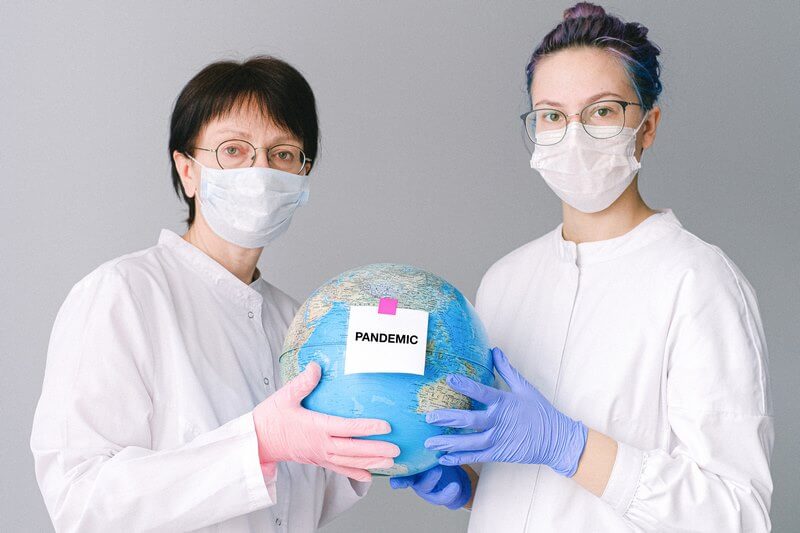
COVID-19 Top 5 Daily Life Changes
In this blog, I am sharing my thoughts on COVID-19 top five daily life changes. Our lives in the U.S. have already shifted due to the pandemic. States are now relaxing the public health orders to stay at home. More people are going back to work. Many people are eager to return to their regular lives, while others remain fearful of venturing out. Regardless of your opinion, how we live is being changed by the impacts of the novel coronavirus. COVID-19 is reminiscent of the 1918 Flu Pandemic in terms of its size and scope. Like the earlier great pandemic, this one will leave a lasting impact and alter the landscape of our daily lives moving forward.

#1 Grocery stores
There are other ways that COVID-19 is changing everyday life. The grocery store concept developed between the late 1800s into the early 1900s in the U.S. Piggly Wiggly in Tennesse was the first self-service grocery store in the country. In the 1960s, food purchases in stores rose to 70 percent. Supermarkets are an accepted standard of American life, and foreigners remark on the super-sized stores along with the variety of products available.
I have strong memories of grocery stores related to disaster work. Up until now, supermarkets have had a special place in my heart. Not only have I cherished the unique size and scope of our grocery stores, but I value the fantastic variety of food goods available. Post-Hurricane Katrina, I have a memory that’s stayed with me since that time.
Pre-COVID-19 memories
Leaving the local military base I was assigned to and returning home, the first thing I did was go to my local supermarket to restock. Standing in the dairy aisle, I had a strange sense of unreality as people moved around me. At that moment, I felt like an outsider suddenly dropped on an alien planet. Yet, it was oddly comforting as well. I had left an environment where people had arrived two months earlier with their possessions stuffed in garbage bags, the remains of floodwater debris on naked feet. I watched a linebacker-sized man cry as he disembarked from a FEMA’s airplane. Since then, and over countless disaster events, I cherished my supermarket experiences.
With COVID-19, this sense of plenty, peace, and security has changed. Few predicted that our local grocery stores would be on the front lines of the epidemic. An even smaller number would have forecast that we would see massive shortages in our supply chain. Like others of my generation, I remember learning about Cold War Soviet-era Russia growing up and hearing about the empty store shelves as a way of life there. I never thought to experience that here. I am also mindful that a lack of access to fresh food or water is still constant in many areas of our world. Yet, with all of our pandemic planning, we never predicted COVID-19’s impact on this American institution.
With this in mind, there are already changes to our supermarkets. The use of plexiglass dividers will be here to stay. Already prevalent in many city corner stores, we will see this practice increased in retail grocery chains. Additionally, I envision more self-service kiosks appearing at the supermarket and in other retail settings. The technology limits human interaction, lessening the risk of passing the virus via human contact. Finally, we may see increased sanitation and social security measures.
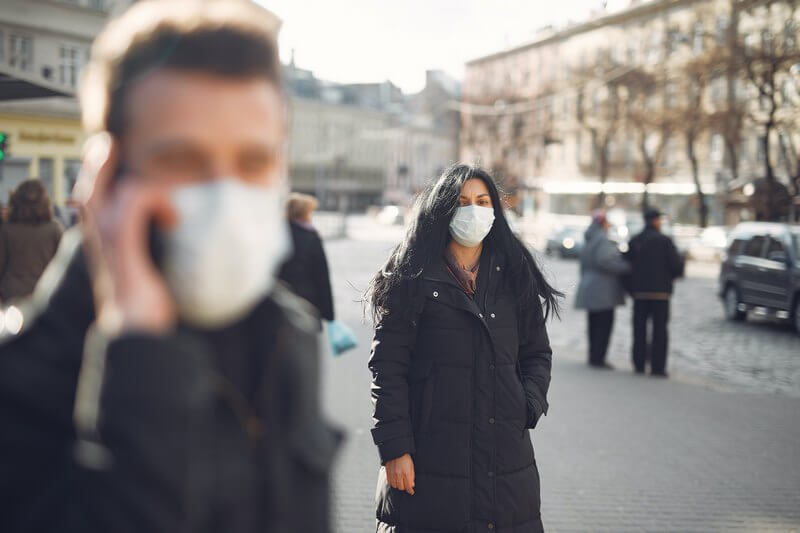
#2 Wearing masks in public
Wearing masks in public is typical in other parts of the world, especially in Asian countries. However, it has not been part of the culture in the United States. It is a commonplace occurrence to wear face-covering in public when you have a cold or other respiratory illness to limit its spread. Still, it has not been standard behavior here except in medical settings. I expect this to change. Moving forward, I believe mask-wearing in public will become prevalent.
On its own, this seems like a positive public health measure. However, it is a shift in our culture. Typically, wearing masks in the U.S. symbolizes danger. Beyond the medical community, the wearing of face-coverings in the norm of criminals. Or, it conjures up images of Halloween, the only holiday in the United States where donning masks is socially acceptable. Even though I am following the public health order, the practice still feels uncomfortable to me. I miss being able to exchange smiles.
While wearing face coverings helps achieve public safety, it still feels uncomfortable. In my own relatively rural community, few people are embracing mask-wearing during their daily walks around the neighborhood. However, everyone is complying with the State’s mandate, especially after local grocery stores and pharmacies posted reminder signage, along with security guards, to enforce the regulations. For citizens of Massachusetts, these practices accompanied Phase 1 of rescinding the public health orders to return people to public spaces.
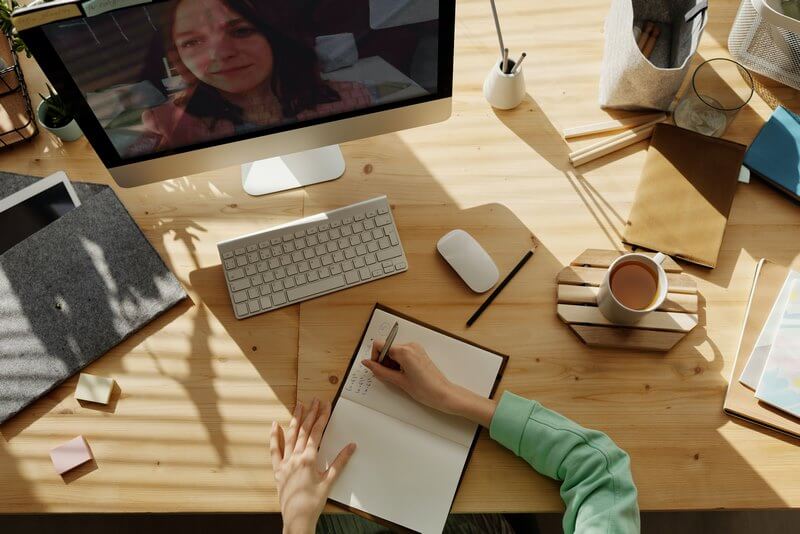
#3 Increased working from home
Already a growing trend for white-collar America, we have seen an explosion of remote workers. Some have remarked that the pandemic has forced five years of innovation in six months. My company, along with others, was already moving to a flexible work environment to attract more millennials. Just under ten years ago, most corporate cultures demanded employees to be present at their desks. Now, advances in technology have allowed many of us to become a mobile workforce.
The gig economy already embraced this, including YouTubers, marketers, and other online influencers. Always a little behind, industries like financial services, insurance, and manufacturing, relied upon their in-person models to drive productivity, along with profits. However, even they are adjusting to the demands of today’s talent. Workers want the freedom to live where they choose. With COVID-19, I am seeing that even large companies are quickly shifting their models to capitalize on opportunities, keep employees safe, and cut costs.
Of course, some businesses like bars, restaurants, and tourism are in-person endeavors. However, I believe we will see a shift in all of these areas moving forward. Retail establishments will likely adopt increase health security measures, including social distancing as a norm to certify well-being. Online shopping, curbside pick-up, and delivery services will see sustained growth. Even when COVID-19 ceases to be a significant concern, the lessons learned from this pandemic will force change. I believe the public will demand it.

#4 Social distancing with disease monitoring
Another significant change will be the long-term implementation of social distancing and increased disease monitoring in public spaces. Before COVID-19, retail and office designs maximized fitting as many people as possible into buildings. Plans will focus on accommodations for health security. One of the adjustments is to allow for six feet of space between tables at restaurants and cubicles. It may also mean the return of segmented office space vs. open floor plans.
There are other ways that COVID-19 is changing everyday life, too. Another significant area is disease monitoring in social spaces. We have already seen the rise of temperature checks to enter buildings or eateries. I expect this to expand and become standard in most places. Beyond that, there is an interest in proof of vaccination or immunity. Many workplaces will require a health attestation before returning to offices. Businesses are already engaging in health security measures unprecedented before the outbreak.
I am not comfortable with relaxing HIPPA or personal privacy standards. Today’s digital age erodes so much of our privacy. As impactful as COVID-19 is, I believe a balance must be maintained between citizen privacy and protecting those most vulnerable among us. For some, this may not be a popular stance but is worth consideration. Before the pandemic, the EU instituted the General Data Protection Regulation (GDPR), which increased protections for personal data privacy within its jurisdictions. As an American, I am interested in strengthening individuals’ fundamental rights for data protection. It would be a misstep to allow fear of the unknown to shape public policy. I would prefer to see medical advances in personal protection shape national security measures rather than wide-ranging policy decisions. Regulations are often harder to unravel than implement.
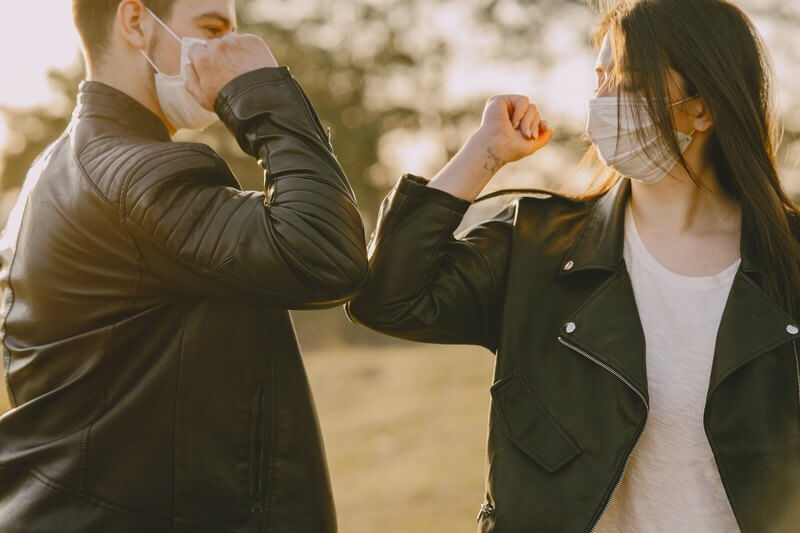
#5 Social behavior changes
Last, we already see behavioral changes in our everyday activities. I remember the advice to sneeze in your elbow implemented during H1N1. Now, we see the demise of the handshake in favor of the elbow bump. I don’t know how well I will take to this and sympathize with our leaders’ missteps in adjusting to new social greetings. Old habits die hard. However, I am hopeful we can adopt new social interactions.
As we move through our lives in the days ahead, I expect to see the advent of touchless elevators and voice or motion-activated entryways. Out of great tragedies, Americans and others have reacted with ingenuity. I already see innovation being driven by necessity and problem-solving.
If you haven’t seen Cushman & Wakefield’s 6 Feet Office in the corporate retail space, it is worth checking out. Aligned with that, the ability of the market to pivot to adjust to consumer needs is somewhat reminiscent of our experiences during the World Wars. Today, artist-centered commercial sites like Redbubble are offering cloth masks featuring their independent designs.
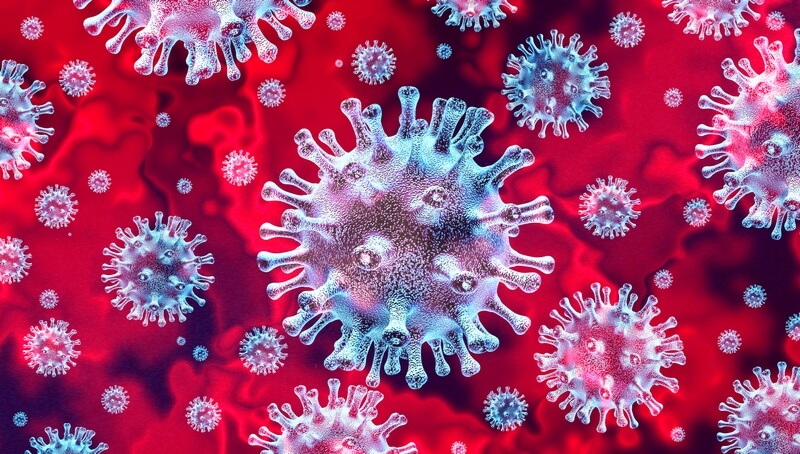
New or next-normal road ahead
We do not know all of the ways this pandemic will change things. As much as we may not like it, things will not be the same. Major disasters change history, impacted behavior, and usher in a new normal post-event—the ramifications of how COVID-19 will affect our regular routines are not clear to us yet.
Do you agree with my COVID-19 top five daily life changes? If you are not already following my Disaster Empire blogs, I encourage you to read my recent posts and podcasts on COVID-19. Stay safe and be well.
